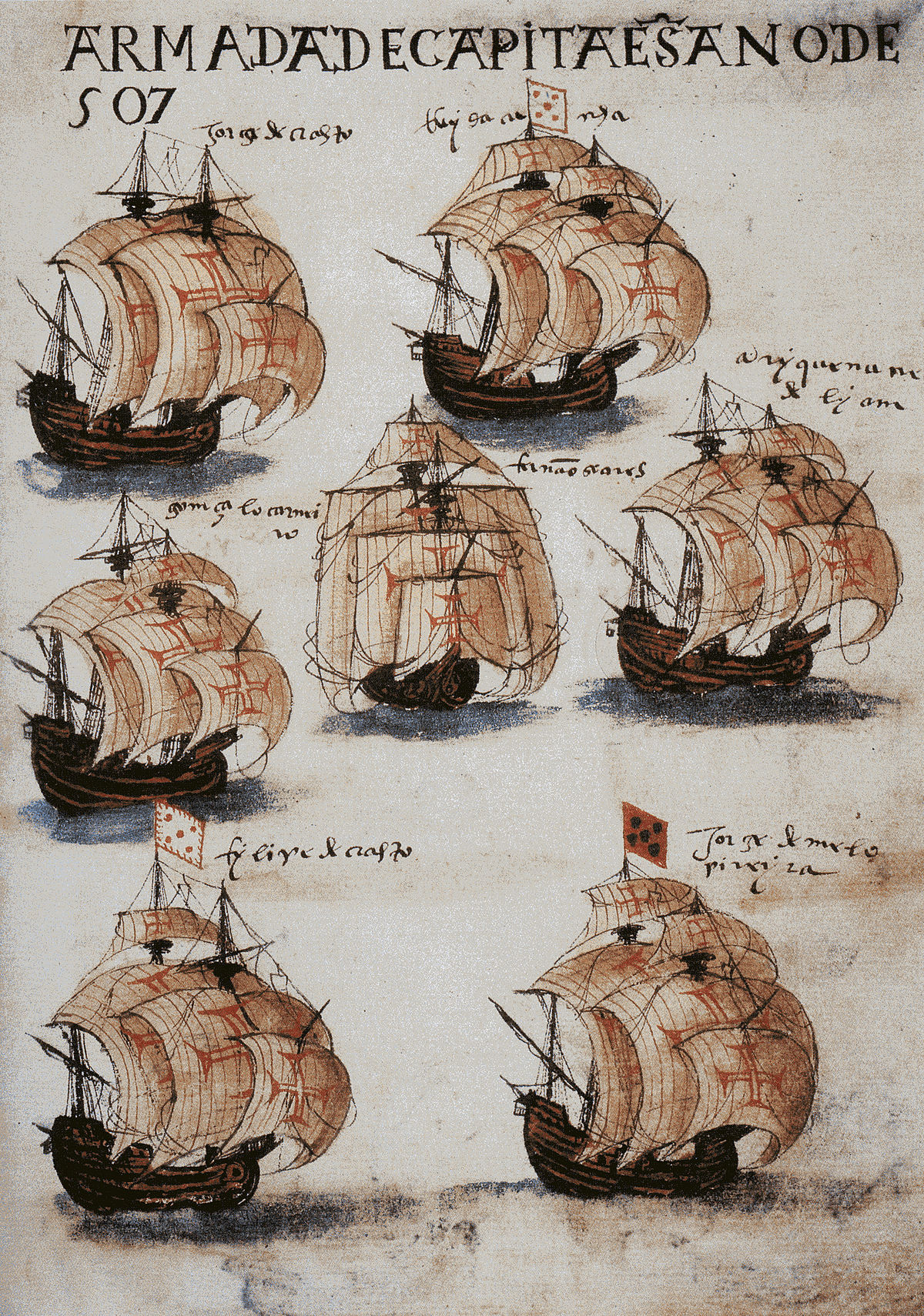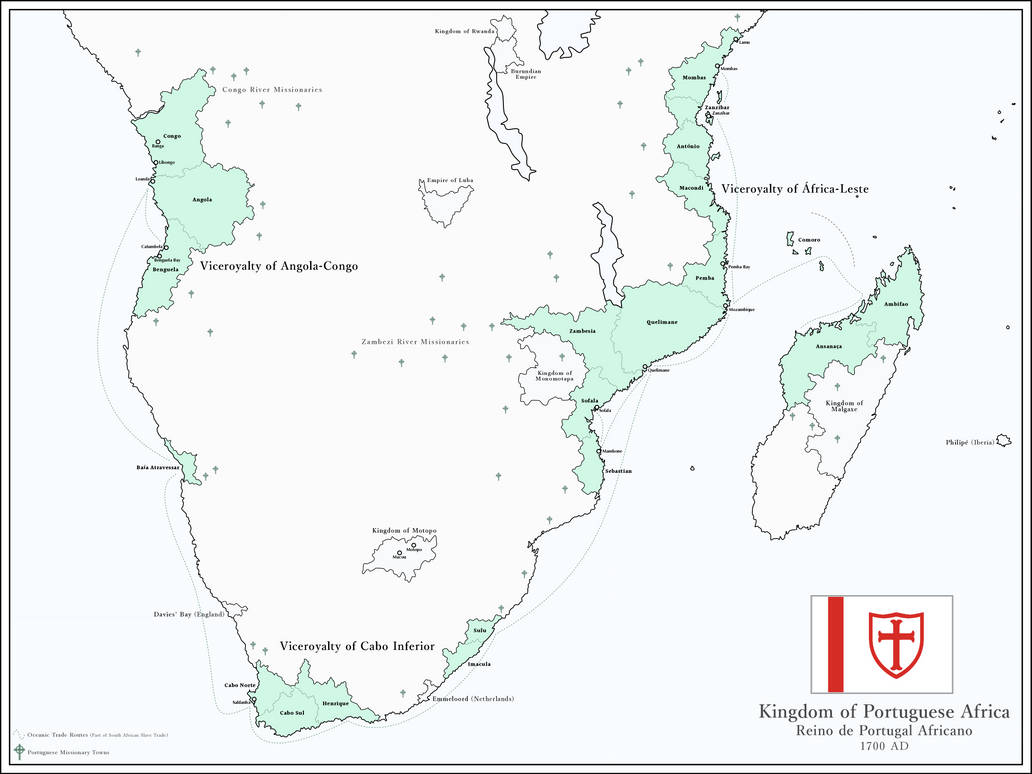Hi guys!
This is a proper TL- thread of my old discussion thread- here's a link: https://www.alternatehistory.com/forum/threads/ah-discussion-portuguese-cabo.496065/
I'm gonna try to write a semi-TL about Portuguese Cabo. I can't promise that I will finish it, not even progress too far. I will also try to keep things as simple and short as possible. Also, I will try to keep the butterflies as minimal as possible, so no random events and similar things I hate.
Considering that I'm not a Portuguese and I don't speak Portuguese language, any assistance of those that are/do is much needed and appreciated.
Also, English is not my first language, so have patience and forgive me for my poor English.
This is a proper TL- thread of my old discussion thread- here's a link: https://www.alternatehistory.com/forum/threads/ah-discussion-portuguese-cabo.496065/
I'm gonna try to write a semi-TL about Portuguese Cabo. I can't promise that I will finish it, not even progress too far. I will also try to keep things as simple and short as possible. Also, I will try to keep the butterflies as minimal as possible, so no random events and similar things I hate.
Considering that I'm not a Portuguese and I don't speak Portuguese language, any assistance of those that are/do is much needed and appreciated.
Also, English is not my first language, so have patience and forgive me for my poor English.




